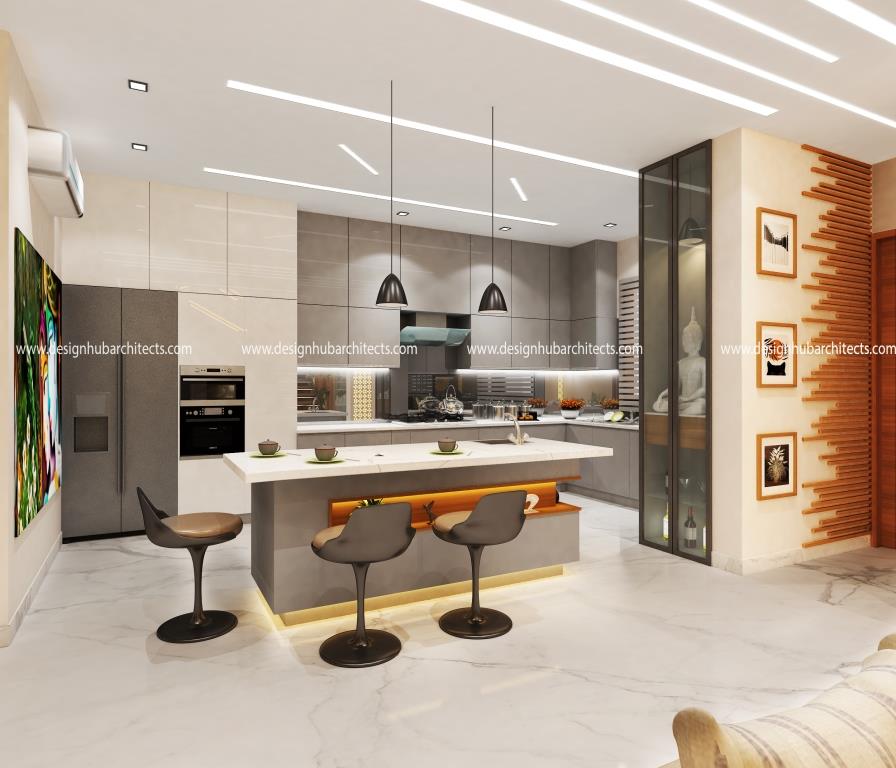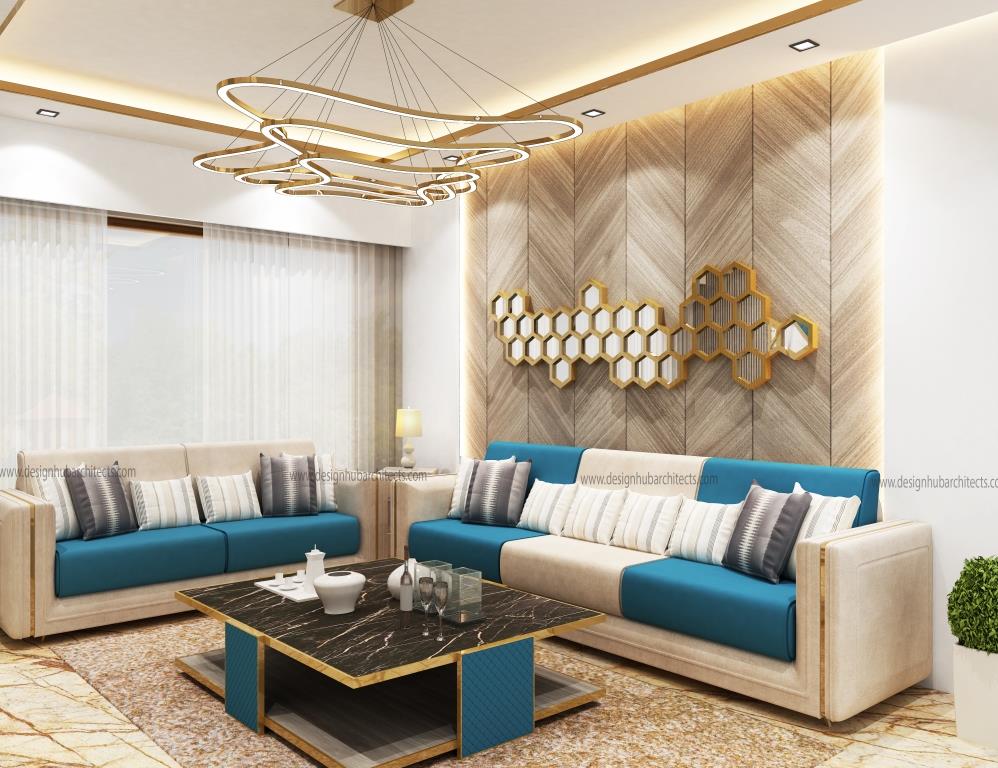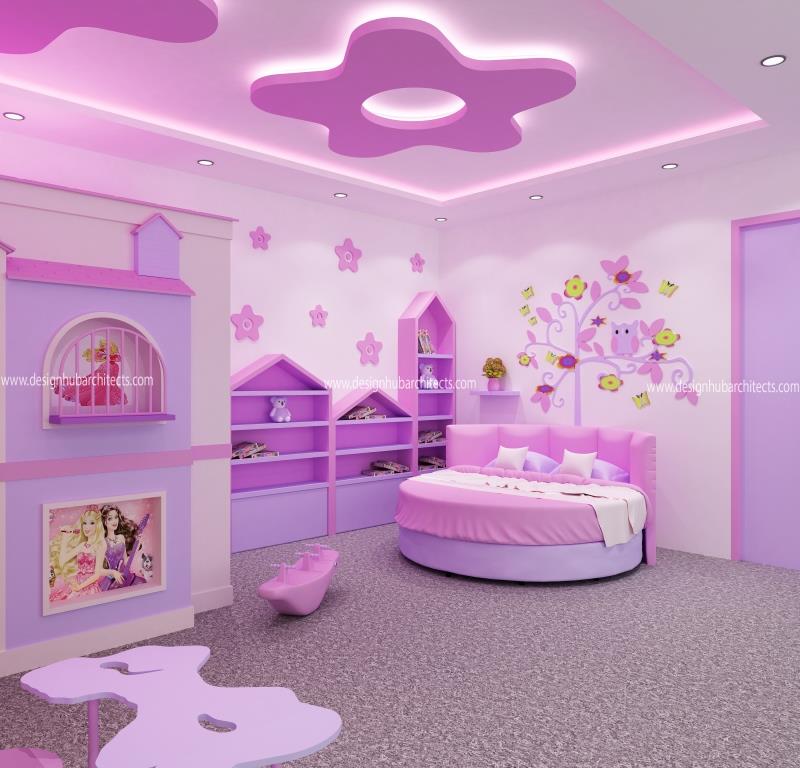Choosing the right design for your bathroom involves considering various factors such as your personal style, functionality, available space, and budget. Here are some steps to help you make an informed decision:
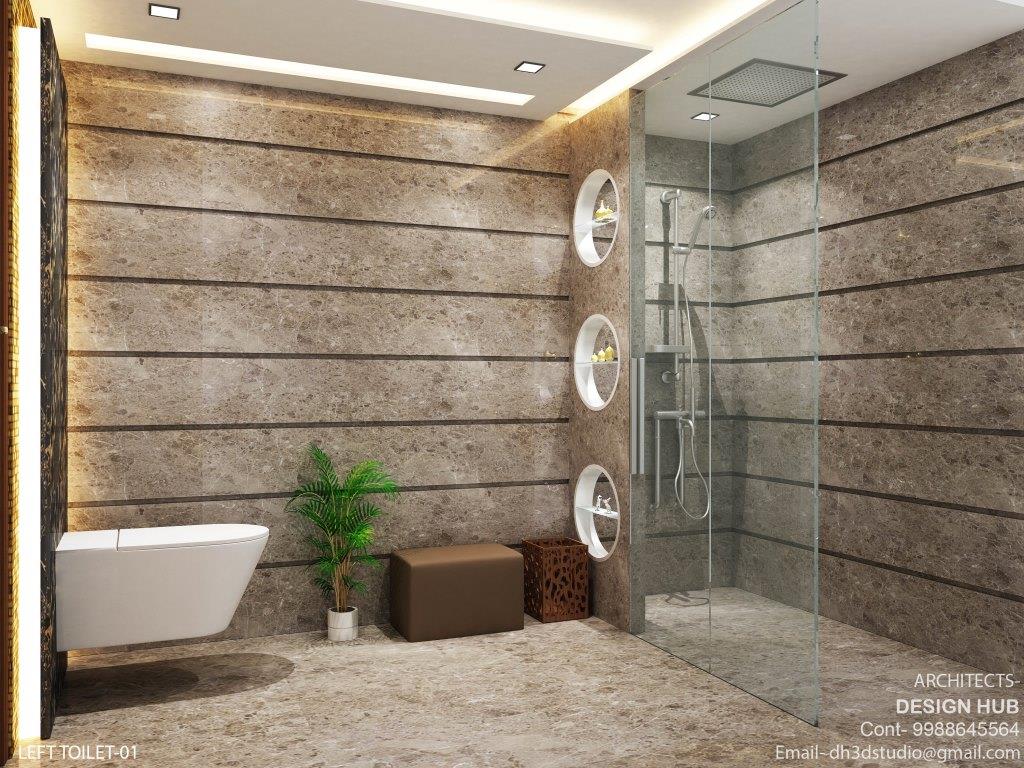
1. Determine your style: Start by exploring different bathroom design styles to identify your preferences. Look for inspiration in magazines, websites, social media platforms, or even by visiting showrooms. Consider whether you prefer a modern, minimalist, traditional, rustic, or eclectic look.
2. Assess your needs: Think about how you will be using the bathroom. Consider the number of people who will be using it, whether it will be a primary or secondary bathroom, and any specific requirements you may have. For example, if you have a large family, you might need ample storage space or separate shower and bathtub options.
Read this article also: Transforming Bedrooms Into Dream Spaces For Kids
3. Consider the available space: Take measurements of your bathroom to understand the dimensions and layout. This will help you determine what can fit comfortably within the space. Consider the placement of existing plumbing and fixtures, as major changes to these can significantly impact your budget.
4. Set a budget: Determine how much you are willing to spend on your bathroom design. This will help you make decisions regarding fixtures, materials, and finishes. It’s important to strike a balance between your desired design and your budgetary constraints.

5. Prioritize functionality: Bathrooms are functional spaces, so ensure that the design caters to your needs. Consider the flow and ease of use. Think about factors such as storage, lighting, ventilation, and accessibility if needed. It’s essential to strike a balance between aesthetics and practicality.
6. Choose fixtures and materials: Selecting fixtures and materials is crucial to achieving your desired design. Decide on elements such as the type of sink, bathtub, shower, toilet, faucets, and lighting fixtures. Choose materials for countertops, flooring, tiles, and cabinetry that align with your design style, durability requirements, and maintenance preferences.
Read this article also: Tips For Designing A Bedroom
7. Plan for adequate lighting: Adequate lighting is essential in a bathroom. Consider a combination of natural and artificial lighting options to ensure proper illumination. Install task lighting around mirrors and vanity areas for practical purposes, and incorporate ambient lighting for a pleasant atmosphere.
8. Color and finishes: Choose a color scheme that complements your design style and creates the desired mood. Light and neutral tones can make a small bathroom appear more spacious, while bold colors can add personality. Pay attention to the finishes on fixtures and hardware, ensuring they coordinate well with the overall design.
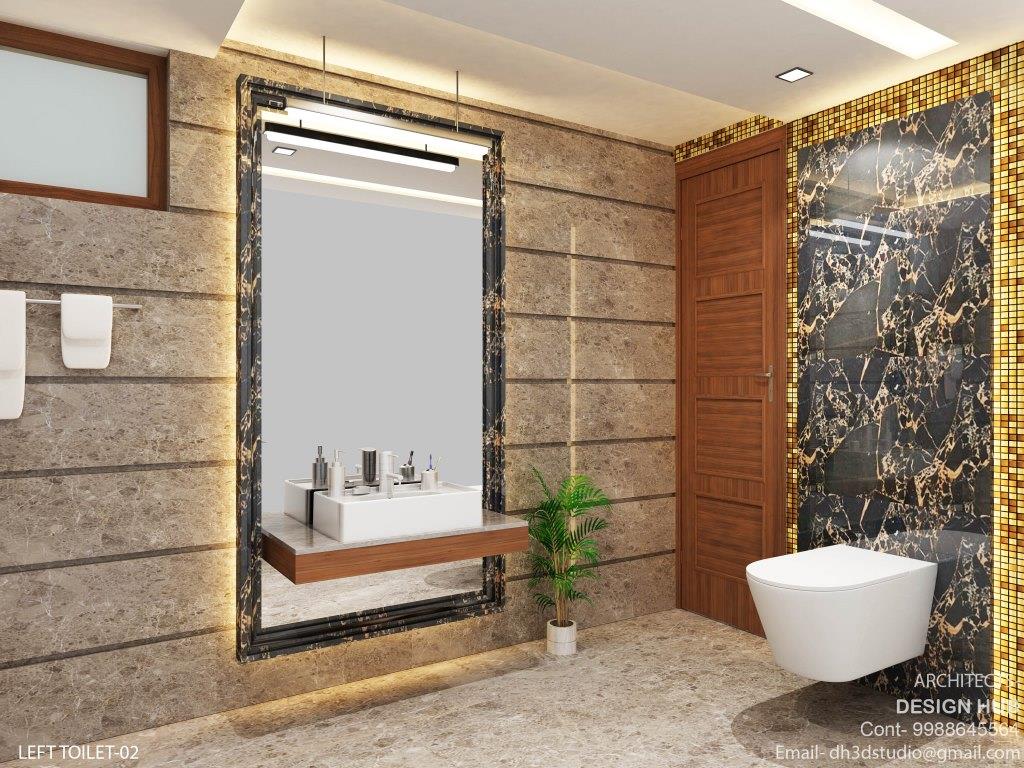
9. Seek professional advice: If you’re unsure about the design process or need assistance with technical aspects, consider consulting a professional designer or an architect. They can provide valuable insights, suggest solutions, and help bring your vision to life.
10. Gather inspiration and create a mood board: Compile your ideas, preferences, and design inspirations into a mood board or visual collage. This will help you visualize the overall look and ensure consistency throughout the design process.
Read this article also: Building The Perfect Resort: What Architects Know
Remember, designing a bathroom involves a blend of personal taste, functionality, and practicality. By considering these factors and taking your time to plan, you can choose a bathroom design that suits your needs and reflects your style.
